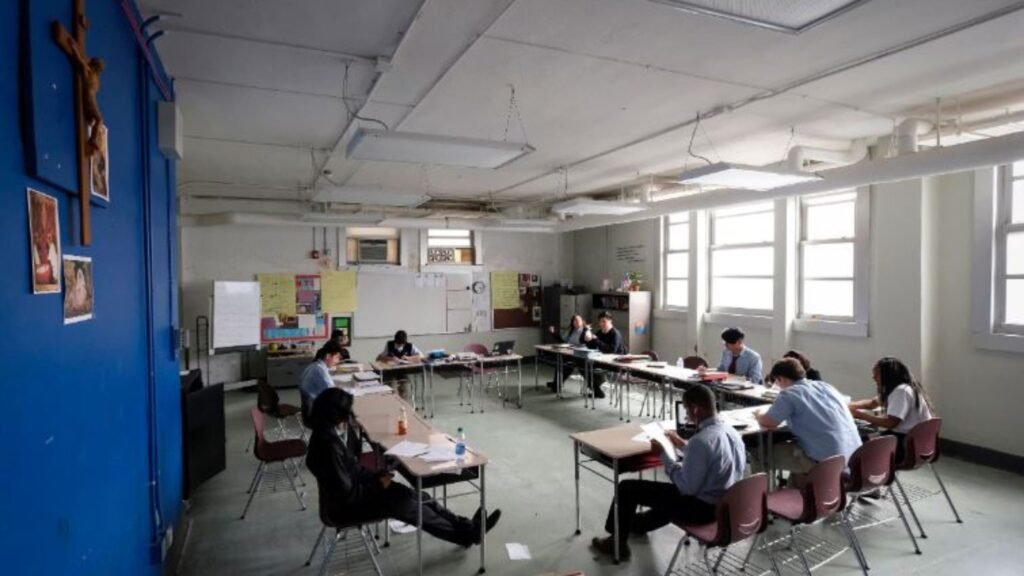Class size plays a significant role in determining student success. The number of students in a classroom directly influences the learning environment, teacher-student interaction, and individual attention students receive. As educators and policymakers continue to debate the best strategies for improving education outcomes, reducing class size consistently emerges as an essential factor for fostering both academic achievement and personal growth.

1. Class Size and Academic Performance
Class size significantly impacts academic performance. When students are in smaller classes, they are more likely to receive personalized attention from their teachers. This individualized focus helps students understand complex topics and get tailored feedback on their progress. With fewer students to manage, teachers can offer deeper insights and ensure that no student is left behind in the learning process.
In contrast, larger class sizes often limit teachers’ ability to provide individual support. As the number of students increases, the time teachers can dedicate to each one decreases. This can lead to students feeling overlooked or struggling without sufficient guidance. Smaller class sizes promote better academic outcomes as teachers can respond more effectively to students’ unique learning needs.
2. Enhanced Teacher-Student Interaction
Class size directly affects the level of interaction between teachers and students. In smaller classes, students have more opportunities to ask questions, engage in discussions, and participate in class activities. Teachers can also assess each student’s comprehension and provide immediate assistance when needed. This close interaction encourages active learning and helps students build confidence in their abilities.
Larger classes, on the other hand, often limit meaningful teacher-student engagement. With more students vying for attention, teachers may struggle to monitor each individual’s progress. This lack of personal interaction can hinder the teacher’s ability to identify and address learning gaps in a timely manner. Smaller class sizes foster a stronger connection between teachers and students, which is crucial for developing trust and motivation.
3. Classroom Dynamics and Student Behavior
The student-teacher ratio also affects the overall dynamics of the classroom. Smaller classes tend to have fewer behavioral issues because students receive more direct attention from the teacher. With fewer distractions, students can concentrate better on their studies, leading to a more focused and productive learning environment. Teachers can also manage the class more effectively, dedicating less time to discipline and more time to teaching.
In larger classes, maintaining discipline becomes more challenging. With more students, there is a greater likelihood of disruptive behavior, which can negatively affect the learning experience for everyone. Smaller class sizes create a more conducive environment for learning, allowing teachers to focus on instruction rather than classroom management.
4. Increased Student Engagement
Class size is a key factor in determining student engagement levels. In smaller classrooms, students often feel more comfortable participating in discussions and activities. With fewer peers, students have more opportunities to contribute and feel valued in the learning process. This increased engagement promotes a sense of ownership over their education, motivating them to be more active participants in their academic journey.
Larger class sizes can lead to decreased engagement, as students may feel lost in the crowd or reluctant to speak up. The lack of personal attention can also make students feel disconnected from the learning process, which may result in lower motivation and participation. By reducing class size, schools can create a more inclusive and engaging environment that supports every student’s success.
Conclusion
In conclusion, class size plays a pivotal role in shaping student success. Smaller class sizes offer significant advantages in terms of academic performance, teacher-student interaction, classroom dynamics, and student engagement. When teachers can provide personalized attention and build strong relationships with their students, the learning environment becomes more effective and supportive. As schools and educational systems seek to improve outcomes, prioritizing smaller class sizes can be a crucial step toward ensuring every student receives the attention and resources they need to thrive.

